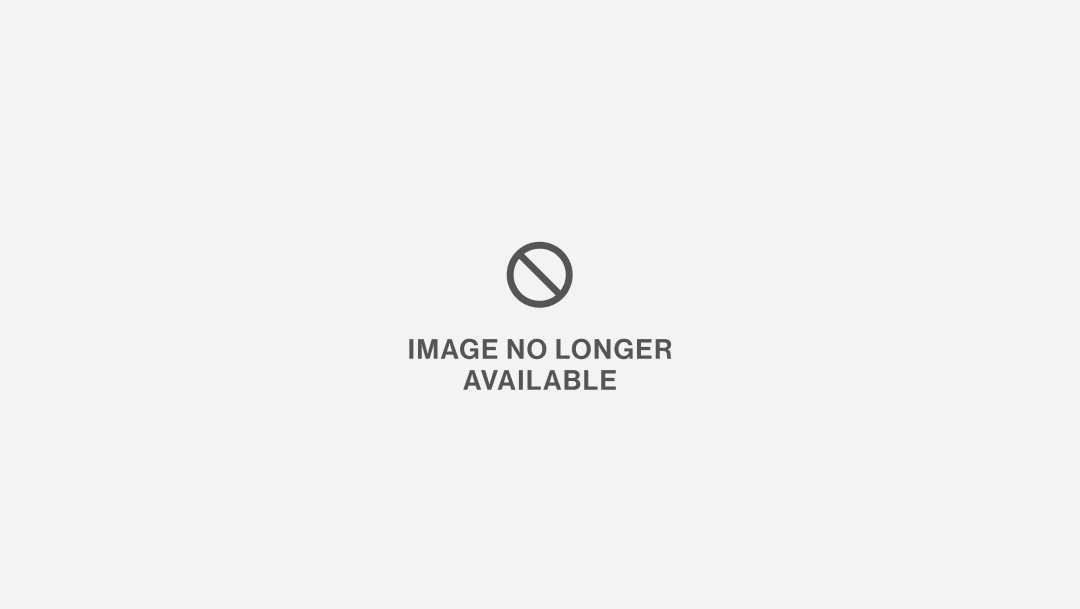We checked and, believe it or not, you’re the only man left on Earth without a podcast.
That needs to change, and sharpish. Problem is, setting up your own series is a lot trickier than it sounds. That's why we enlisted Jamie Morton, one-third of the hilarious global sensation My Dad Wrote A Porno, to guide you through the process…
What should I know before I start?
Captivating as your boozy pub bants may be, it’s probably not enough to sustain a (bearable) podcast. “Long and rambling conversation podcasts are increasingly going out of fashion,” warns Jamie.
It’s imperative that your show has a clear purpose and direction. Ensure that you’re arriving at your niche from a new, viable angle – or at least that there isn’t an über-popular podcast covering the same ground already.
Listenability is just as crucial. Good editing will come with practice, but it’s worth checking out some YouTube tutorials, such as this one from Tim Ferriss, to get ahead of the game. “The trick is making your podcast sound like a natural conversation and not too edited,” says Jamie. “The edit is all important.”
“Concise, tight podcasts are what audiences expect and deserve. If you're asking strangers to invest 40 minutes of their day to you, you owe them the best 40 minutes you can produce.” It’s time consuming, but it pays off.
What equipment should I use?
First thing’s first: don’t waste your money on pricey, important-looking gadgets. The MDWAP team’s set-up remains low-fi, despite their global success. “We each bought a condenser mic which connects via USB to our laptops,” says Jamie. “And we use GarageBand to record and Adobe Premiere to edit.”
You can get a serviceable condenser mic for under £20 on Amazon, though Jamie recommends a £70 Samson C01U.
As for recording software, GarageBand comes as standard on Apple Macs, and the best option for Windows is Audacity, which is free to download. If you don’t mind paying out, many professional podcasters use the £20-per-month Adobe Audition.
Where should I record?
“It's important to have a comfortable place to record and good acoustics,” advises Jamie. “And neither should be entirely sacrificed for the other.”
Your kitchen table will do, but make sure to deal with the boiler, fridge and anything else that might be humming/squawking in the background (and close the windows, unless you need a few sirens to liven up your true-crime podcast).
How do I distribute it?
Once you’ve recorded your podcast, saved it as an MP3 and filled in the file’s meta-data (episode number, year, etc), you’ll need to find somewhere to host it.
Soundcloud and Podbean are popular, free and easy-to-use options that guide you through the process smoothly. Once it’s hosted, you’ll receive an RSS feed that will automatically update when you upload a new episode. This is what you give out to podcast directories.
To place your podcast on iTunes, click the ellipsis on the top left corner of your iTunes screen and select ‘Podcasts. Then click ‘Podcast Quick Links’ on the right side of window, and then finally ‘Submit a Podcast’. Enter your RSS feed and wait.
While iTunes is arguable the most important, there are other podcast directories to target, too. "For Android users, it's important to be on platforms like Stitcher. Go to where your audience are."
You’ll also need to create a piece of cover-art, so fire up Paint and keep it to 1400 x 1400 pixels at minimum.
How do I get the word around?
“You have to be a bit shameless in the early days to get the word out,” says Jamie. “Social media is a really useful tool to build awareness.”
But you only have so many mates (and they're all in your podcast), so ultimately you've got to make everything as appealing and accessible as possible.
“A great title, eye-catching branding as well as a clear proposition will help sell your show and generate interest. A good rule of thumb is that you should be able to describe your show in one sentence in a way that will excite and intrigue people.”
How do I monetise a podcast?
Woah there! You should probably build up a fanbase outside of your immediate family before you hire that agent – it took MDWAP a year to attract advertisers – but it’s pretty simple once you do.
There are two types of podcast advertising: sponsor reads and ads. Sponsor reads are more profitable as they’re delivered by your trustworthy voice, whereas ads are placed throughout your recording.
What should I avoid at all costs?
“Too much time spent on messaging and pre-amble at the beginning. Get to the meat of your show as quickly as possible,” says Jamie. Familiarity is great, but chumminess can get in the way of making a coherent podcast.
“When people discuss in-jokes and topics that you as a listener have no access points to, it can alienate an audience rather than feel inclusive.”
Ultimately, it's not enough to just yammer on about something you're semi-interested in – your job is to provide insight and shed new light on a subject.
"Authenticity is key, so if you're doing a fan show, you should really know your stuff. It's all about finding your passion and your niche and creating an original show that only you can do."
My Dad Wrote A Porno embarks on a nationwide tour on the 16 April which culminates with the biggest podcast gig in history at the Royal Albert Hall on 21 June. Tickets available here.














